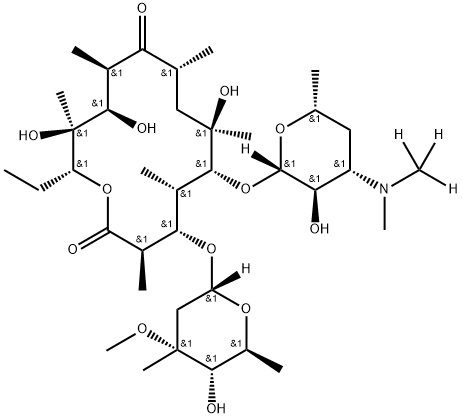
Product Details:
CasNo: 4415-87-6
Molecular Formula: C8H4O6
Appearance: White to pale yellow crystalline powder
Delivery Time: 2 weeks after order
Packing: Aluminium bag
Throughput: 10000KG/Month
Purity: 99%
Cyclobutane-1,2,3,4-tetracarboxylic dianhydride (abbreviated as CBDA, CAS: 4415-87-6) is an aromatic dianhydride monomer with a highly symmetric cyclobutane backbone. Boasting high reactivity, a rigid molecular structure, and excellent thermal stability, it is primarily used in the synthesis of high-performance polymers, with prominent applications in high-end fields such as electronics, aerospace, and chemical engineering. The specific applications are as follows:
1. Core Monomer for Synthesizing High-Performance Polyimides (PI)
This is its primary application. CBDA undergoes polycondensation reactions with aromatic diamines (e.g., 4,4'-oxydianiline, p-phenylenediamine) to produce polyimide materials. The rigid four-membered cyclobutane ring structure endows PI with the following core advantages:
- High heat resistance (long-term service temperature up to 250-300℃), low water absorption, and excellent mechanical strength;
- Low dielectric constant and good optical transparency, meeting the stringent requirements for insulating materials in the electronic field.The synthesized PI can be processed into films, resin matrices, fibers, and other forms, and is used in flexible printed circuits (FPC), microelectronic packaging materials, high-temperature resistant structural components in the aerospace field, and special insulating materials.
2. Key Material in the Electronic and Semiconductor Fields
Leveraging the low dielectric properties and high purity of the polymers synthesized from it, CBDA is widely used in the electronic industry:
- Applied in dielectric layers, buffer coatings, and packaging materials for chip manufacturing, helping to improve the operating speed and stability of integrated circuits;
- Suitable for alignment films and substrate materials of display devices such as liquid crystal displays (LCDs) and OLEDs, meeting the requirements for thin, lightweight, heat-resistant, and light-transmitting substrates in the display field;
- Used as a modified monomer for photoresist resins to enhance the film-forming property, heat resistance, and pattern precision of photoresists, adapting to the technical requirements of semiconductor lithography processes.
3. Matrix Precursor for High-Performance Composite Materials
The polyimide resin synthesized from CBDA can serve as the matrix for advanced composite materials, which are compounded with reinforcing materials such as carbon fibers and glass fibers. The resulting composite materials combine the characteristics of lightweight, high strength, high temperature resistance, and corrosion resistance, and are widely used in:
- Aerospace field: Airframe structural components, engine parts, interior materials of aircraft, etc., reducing equipment weight and improving high-temperature resistance;
- High-end equipment manufacturing: Core components of large motors and new energy vehicles, high-temperature resistant insulating components of industrial equipment, etc., extending the service life of equipment.
4. Special Coatings, Adhesives, and Chemical Auxiliaries
- As a coating raw material, the synthesized high-temperature resistant coatings can be used for the surface protection of high-temperature equipment and metal components, resisting high-temperature oxidation and corrosion;
- Preparing high-performance adhesives suitable for bonding components in high-temperature environments (e.g., assembly of aerospace equipment and electronic components), with high bonding strength and long-term stability;
- Serving as a crosslinking agent or modifier in the synthesis of polymers such as polyurethanes and polyesters, improving the heat resistance, mechanical strength, and chemical stability of products, and expanding their applications in fields such as elastomers and sealing materials.
5. Key Reagent in Scientific Research and International Trade Fields
- Scientific research field: Used as a model monomer to explore the polymerization mechanism of cyclobutane-structured polymers, or to develop new high-performance polymer materials (e.g., special polymers resistant to high temperature and radiation);
- International trade export: As a high-value-added chemical intermediate, it meets the R&D and production needs of the international market in fields such as electronic materials, composite materials, and special chemicals, and is one of the important products in pharmaceutical and chemical international trade.
6. Other Special Material Fields
- Used in the preparation of high-temperature resistant fibers and special films (e.g., gas separation membranes), adapting to the special needs of industrial separation, environmental protection, and other fields;
- Serving as an organic synthesis intermediate to participate in the synthesis of fine chemicals and special dyes containing cyclobutane structures, expanding its application scenarios in the fine chemical industry.
Relevant Products
-
Decanoyl/octanoyl-glycerides
CAS:65381-09-1
-
DMCBDA
CAS:137820-87-2
-
Erythromycin D3
CAS:959119-26-7








